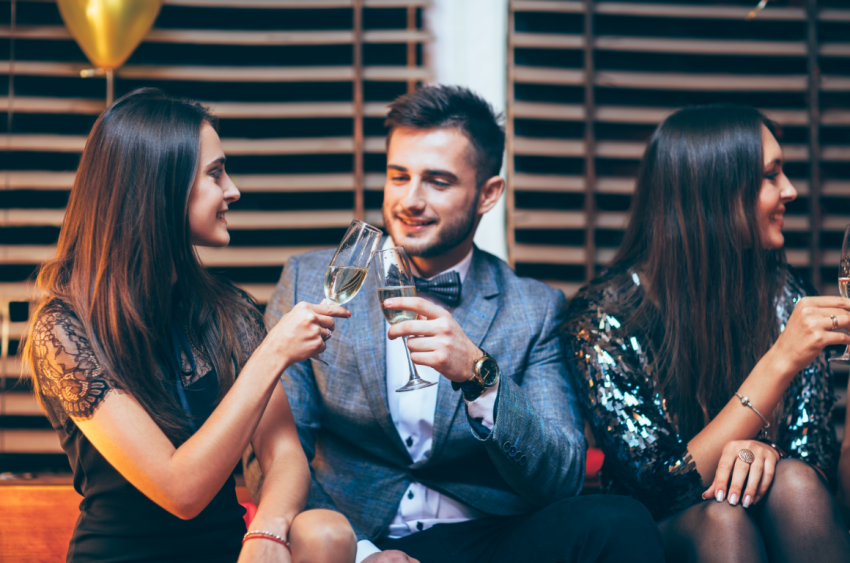Event photography is all about capturing the magic of special occasions! From heartwarming weddings and fun-filled birthdays to professional corporate gatherings and vibrant festivals, photographers in this field have the special talent of freezing those memorable moments in time. They’re like memory keepers, using their skills and gear to snap photos that tell the story of the event and all the feelings that come with it.
Fun fact: Did you know that nearly 3000 photos are what the average person has in their camera roll, capturing all sorts of personal events and everyday moments? (Study Finds) Now that’s a lot of memories!
1. Weddings
Wedding photography is one of the most popular types of event photography. It involves capturing images of the bride and groom, their families, and their guests on their special day. Wedding photographers need to be skilled at capturing candid moments, as well as posed shots of the couple and their families. They also need to be able to work in a variety of lighting conditions and be prepared for unexpected changes in the schedule.
2. Corporate Events
Corporate event photography involves capturing images of business-related events, such as conferences, trade shows, and product launches. The images are often used for marketing and promotional purposes, so it is important for the photographer to capture the essence of the event and the brand in the images. Corporate event photographers need to be skilled at capturing both candid and posed shots of attendees, as well as the details of the event.
3. Sporting Events
Sporting event photography involves capturing images of athletes and spectators at sporting events. The images are often used for news and media coverage, as well as for marketing and promotional purposes. Sporting event photographers need to be skilled at capturing action shots, as well as candid shots of the athletes and spectators. They also need to be able to work in a variety of lighting conditions and be prepared in outdoor settings.
4. Concerts and Festivals
Concert and festival photography involves capturing images of performers and attendees at music events. The images are often used for news and media coverage, as well as for marketing and promotional purposes. Concert and festival photographers need to be skilled at capturing both action shots and candid shots of the performers and attendees. They also need to be able to work in a variety of lighting conditions and dark venues.
5. Private Events and Birthdays
Private event photography and birthdays involves capturing images of individuals and their loved ones at private events, such as birthday parties, family reunions, and other special occasions. The images are often used for personal purposes, such as sharing with family and friends. Private event photographers need to be skilled at capturing candid moments, as well as posed shots of the individuals and their loved ones.
6. Charity Events
Charity event photography involves capturing images of individuals and organizations at charity events, such as fundraisers and charity walks. The images are often used for marketing and promotional purposes, as well as for documenting the event. Charity event photographers need to be skilled at capturing both candid and posed shots of the attendees, as well as the details of the event.
Related: Top 10 Event Photography Tips
Frequently Asked Questions
What is an event photography shot list?
An event photography shot list is a list of specific moments and shots that the client wants the photographer to capture during the event. Shot lists can be helpful for both the client and the photographer, as they ensure that all important moments are captured and that the client receives the images they desire. Shot lists can include things like group shots, candid moments, and specific details or decorations.
Related: Event Photography Shot List: The 23 Must-Have Shots
What does an event photography package include?
Event photography packages can vary depending on the photographer and the type of event, but they typically include a certain number of hours of coverage, a specific number of edited images, and digital delivery of the images. Some photographers may also offer additional services like prints, albums, or a second shooter. It’s important to discuss the specifics of the package with a client before booking to ensure that the package meets the client’s needs and expectations.
Last Updated on January 27, 2024

